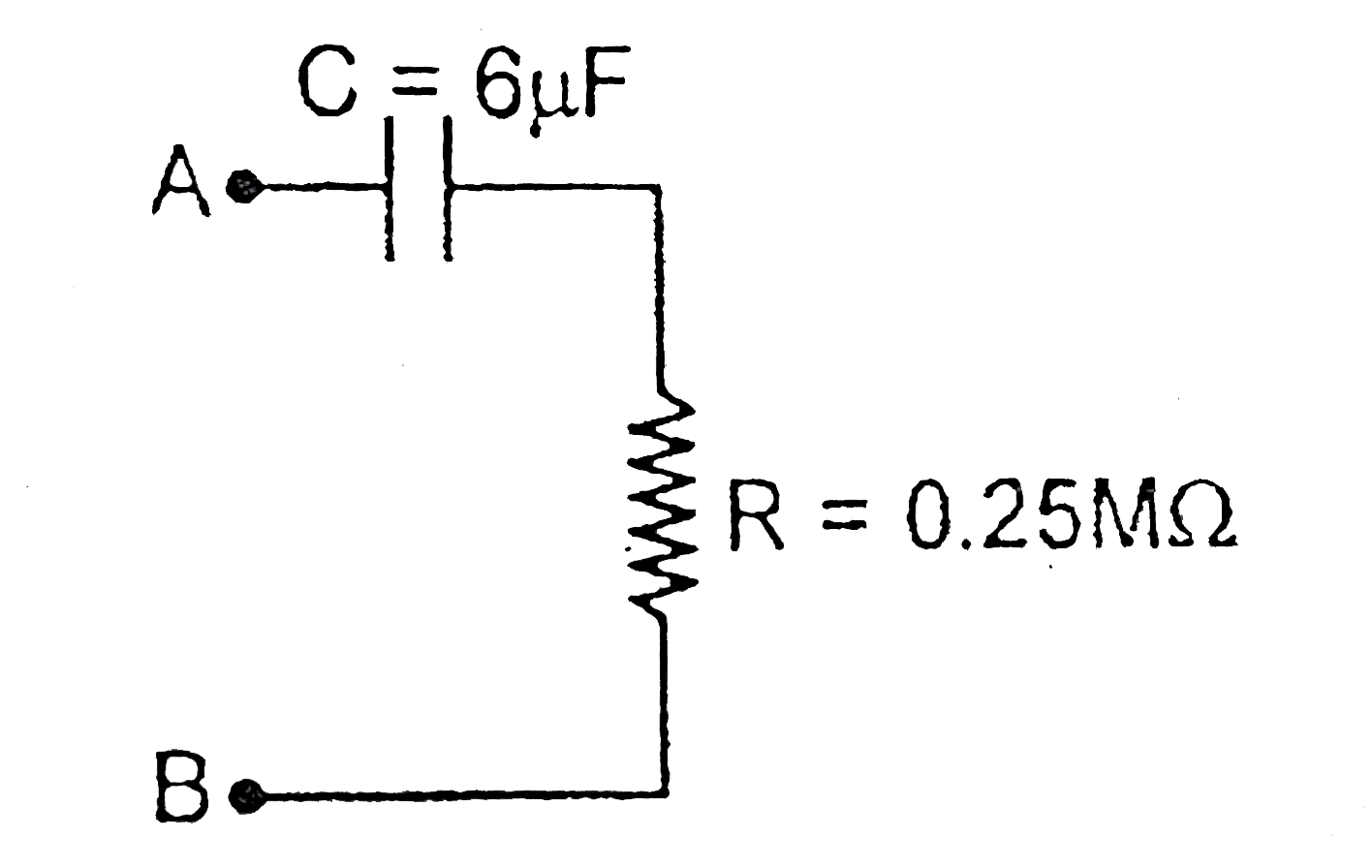A
B
C
D
Text Solution
Verified by Experts
The correct Answer is:
Topper's Solved these Questions
Similar Questions
Explore conceptually related problems
Knowledge Check
A
B
C
D
A
B
C
D
A
B
C
D
RESONANCE-TEST SERIES-PHYSICS
- A time varying voltage is applied across A & B such that voltage acros...
Text Solution
|
- In a binary star system one of the stars has mass equal to mass of sun...
Text Solution
|
- A block of mass m is connected to a spring (spring constant k). Initia...
Text Solution
|
- Two uniform solid spheres A and B of same material, painted completely...
Text Solution
|
- A particle moves along x-axis in positive direction. Its acceleration ...
Text Solution
|
- Consider a solid sphere of density rho and radius 4R. Centre of the sp...
Text Solution
|
- A semi circular disc of radius R is placed on a smooth horizontal surf...
Text Solution
|
- A wave pulse is generated at the bottom of a uniform string (of mass m...
Text Solution
|
- In the circuit shown key is closed at t=0 with capacitor initially unc...
Text Solution
|
- Consider a solid sphere placed in surrounding with small temperature d...
Text Solution
|
- Velocity time graphs of particles A and B moving along x-axis are show...
Text Solution
|
- Figure shows a conducting sphere with a cavity. A point charge q(1) is...
Text Solution
|
- In the figure shown capacitors A and B of capacitance C are in steady ...
Text Solution
|
- Which of these is/are representing electrostatic field? (x and y are ...
Text Solution
|
- The ends of copper rod of length 1m and area of cross section 1cm^(2) ...
Text Solution
|
- A sample of helium is undergoing a cyclic process ABCA as shown. In wh...
Text Solution
|
- In given circuit all capacitor were uncharged initially. First switch ...
Text Solution
|
- In given circuit all capacitor were uncharged initially. First switch ...
Text Solution
|
- A particle of mass 2kg moves under a force given by vec(F)=-(8N//m)(...
Text Solution
|
- A particle of mass 2kg moves under a force given by vec(F)=-(8N//m)(...
Text Solution
|
